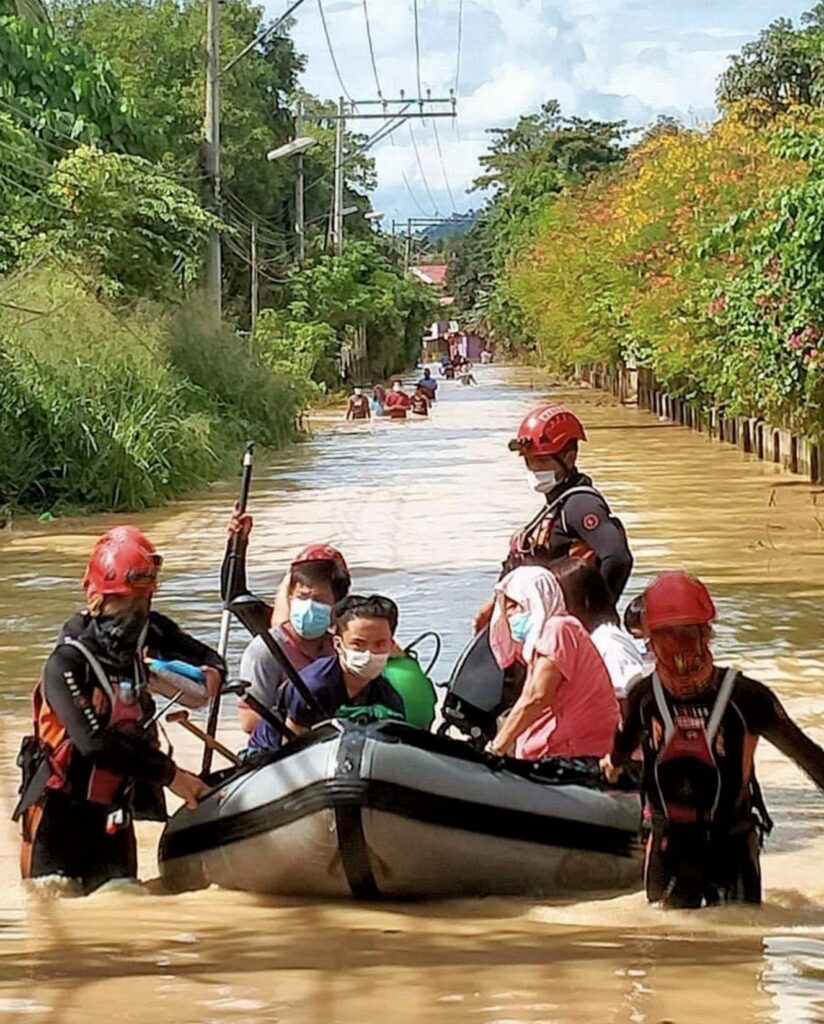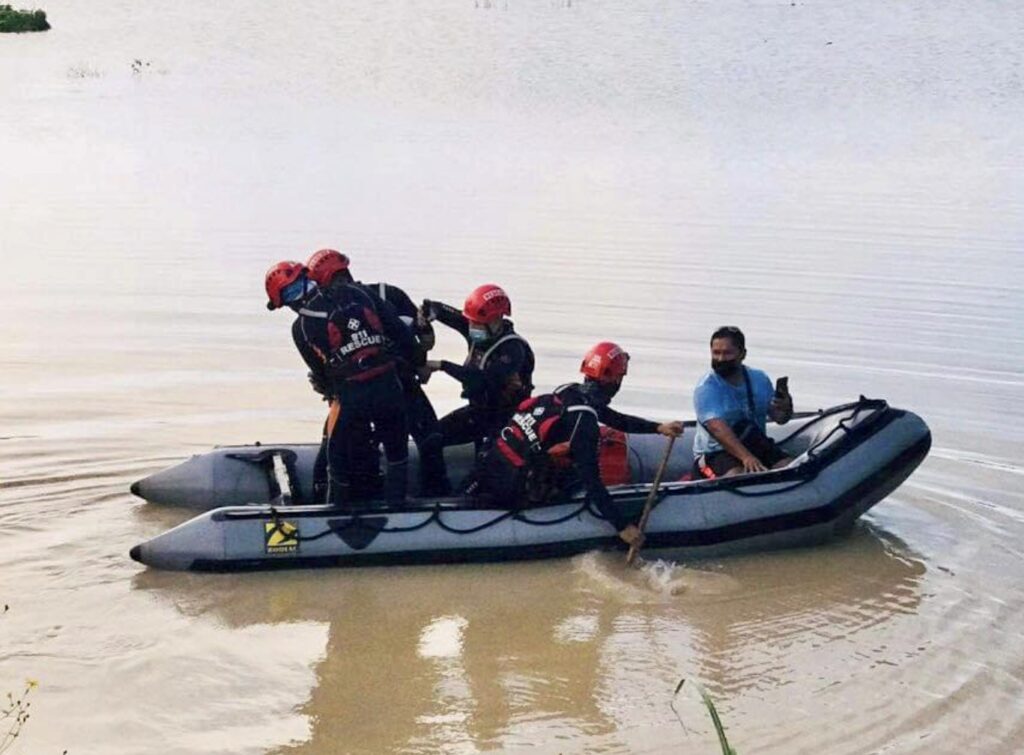Text by Henrylito D. Tacio
Photos: Davao City Central 911
Since the pandemic began, I have been to Davao City only four times. The most recent one was last Tuesday. It was late in the afternoon when I went to the malls. There were few jeepneys going to the mall from the hotel where I was staying. So I had to walk all the way to the mall.
Inside the mall, I roamed around, and I found a few people roaming around the mall. After all, it was already past 6 in the evening. When the items I wanted to buy were not there, I went to another mall. It was good that there were already jeepneys going to the mall where I was heading to.
As in the first mall I went to, I saw few people. In fact, some stores were already closed. At 8 in the evening, the mall was already closed. I went outside, but there was heavy rain. It was good that I was able to find a taxi immediately, which brought me to the hotel where I was staying.
Checking my Facebook account, I saw some posts which showed some parts of the city flooded. Some people had to evacuate to safe places. But before I went to bed, I prayed to keep the people living near the rivers to be safe.
The deluge wasn’t the first time. It happened several times already in the past months and in the past years. It happened again last Tuesday night. I am sure that it will happen again – and again. There is no end to all these woes.
Partly to be blamed for this constant flooding are the construction of buildings which used to be waterlogged areas and where the water ran when there was huge rain. But in the name of development, buildings have to be built in these areas.
Partly to be blamed also is the cutting of trees in the upper portions of the city. Without trees that will help stop the rushing of the waters into the low-lying areas of the city, then this flooding will continue to happen no matter what these people will do to stop the water from entering their homes.
Partly to be blamed likewise are the people who are building their establishments and homes in areas where rainwater rushes through. No one can stop the rain pouring from heaven.
These rains have become constant and heavier due to climate change. Thus, the residents of Davao City should learn how to live with flooding every now and then. No matter what interventions the government will do, flooding will always be around.
Now, listen to the woes of one flood victim: “The downpour of rain is unprecedented. The rain came without much warning. When we woke up in the morning, there was intermittent heavy rain and I thought that it was seasonal – indeed the rainfall throughout this year has been quite heavy, unlike during the last three years. The rain water reached two feet on the main streets. I couldn’t drive, there was water everywhere.”
A flood is defined as “an overflow of water that submerges land which is normally dry.”
“Floods are due to the complex combination of weather, climatic and human activities,” explained Rosalie Pagulayan, weather specialist II of the Philippine Atmospheric, Geophysical and Astronomical Services Administration (PAGASA), during a seminar-workshop convened by the Department of Science and Technology in Davao City some years back. “Most floods occur as a result of moderate-to-large-scale rainfall events.”
Despite being known as a disaster-prone country, most Filipino households are not prepared for calamities and natural hazards. That was the findings of a survey conducted by Harvard Humanitarian Initiative Disaster Net.
“Only 36% of respondents felt fully prepared in the face of disasters, while 33% reported that they were somewhat prepared when calamities strike,” wrote Inquirer reporter Jhesset O. Enano. “The remaining third claimed that they were only slightly or not at all ready for natural hazards.”
As floods are common throughout the country, the weather bureau has launched the Flood Early Warning System (FEWS) capacities. It has five basic elements: prediction, detection, communication, decision-making, and mobilization.
“In any disaster of a given magnitude, the first line of defense is still awareness of the communities at risk,” Pagulayan reminded.
Disasters like floods often recur in the same place – annually or with a gap of some years, according to Bob Hansford, disaster risk management advisor at Tearfund, a Christian relief and development agency.
In his article, “Managing disaster and building safer communities,” Hansford talks about the four things that can happen when a disaster strikes: emergency response, rehabilitation, mitigation, and preparation.
“In the first few days and weeks after a disaster, there is a need for search and rescue, medical care, food, water, sanitation and shelter, as well as emotional support,” explains Hansford on what an emergency response is.
Rehabilitation comes next. “As the weeks pass, houses need to be repaired, water supplies restored, and livelihoods reinstated,” Hansford says. “Rehabilitation is often called recovery.”
Mitigation is closely linked to rehabilitation. Examples include stronger or raised houses, water pumps on raised platforms, alternative crops to cope better with flood or drought. “Mitigation activities help to ‘build back better,’ making the community more resistant to future hazards,” he says.
Preparation is getting ready for the next disaster that comes. For a storm or flood, it means establishing a warning system, setting aside food or water stocks, making ready an evacuation center, or training volunteers.



